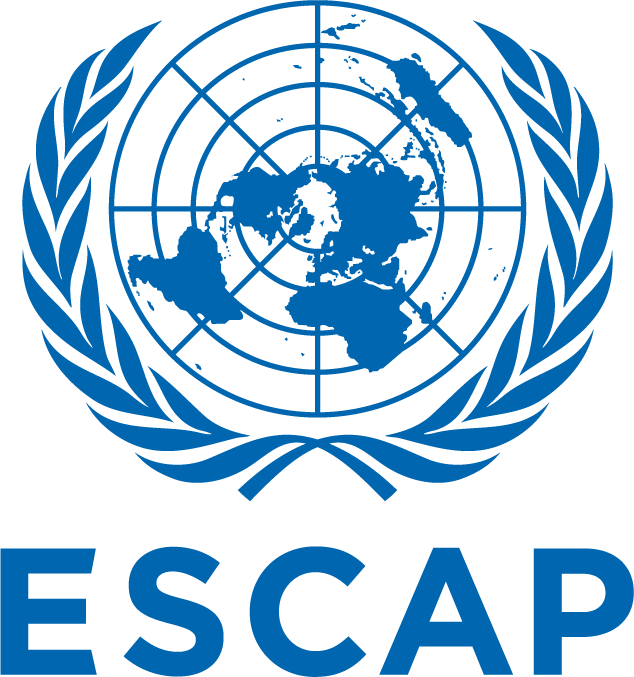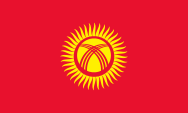Climate Change and Environmental Stressors in Central Asia
Basic Description
Accelerating Climate Stress
Central Asia is warming faster than the global average.
Glacier retreat is rapid, triggering both floods and long-term water scarcity.


Cascading Effects Across Systems
Climate impacts are not isolated: water, food, and energy systems are interdependent.
Transboundary impacts are becoming more frequent and intense.


Expanding Environmental Degradation
Desertification, land degradation, and dust storms are worsening.
Rural livelihoods and ecosystems are increasingly at risk.


The Central Asian region will experience a consistent increase in average annual temperature across all climate scenarios, with warming projected to intensify overtime, highlighting the region's growing climate stress and the need for adaptive strategies.
From Crisis to Capacity
Recurrent disasters demand long-term resilience strategies, not just emergency responses



Recurrent disasters
Emergency Responses


Long-term
resilience strategies
Risk-Informed Pathways
Effective adaptation relies on data-driven planning and localized risk assessments

Long-term
resilience strategies

Localized Risk
Assessments
Technology as Enabler in Central Asia

AI in Agriculture
Kazakhstan
Satellite data and ML used for crop monitoring and yield estimation
FAO & NASA Harvest, 2022

Climate Risk Analytics for Dams
Tajikistan
Remote sensing and modeling used to assess climate risks at Rogun Dam
FutureWater & World Bank, 2021

Early Warning Systems
Kyrgyzstan
Real-time flood alerts using glacial lake and rainfall monitoring
UNDP, 2025

Scenario Modeling for Climate Planning
Central Asia
CMIP6 projections used in ESCAP's DSS for regional climate planning
ESCAP

Glacial Lake Monitoring (Drones)
Kyrgyzstan
Drones for remote monitoring of GLOF-prone lakes
UNDP, 2023

Remote Sensing for Land Degradation
Central Asia
Satellite mapping of desertification hotspots
UNCCD, 2023
"Enhancing knowledge and capacity to build resilience to slow-onset disasters in Central Asia"
Project Main Goal
Strengthening the capabilities of Kazakhstan, Kyrgyzstan, and Tajikistan to address the complex and cascading impacts of slow-onset disaster risks on the achievement of the Sustainable Development Goals.

Target 1

Target 2

Target 3
Slow-Onset Glacial Hazards in Central Asia




North and Central Asia, like many regions in the Asia-Pacific, is facing intensified floods, droughts, and heatwaves due to climate change. These disasters pose risks to populations, economies and biodiversity.
Local to Global Linkages
How local glacial hazards ripple across borders and sectors:

Glacial Lake Outburst Flood (GLOF)

High-mountain Disasters
Cascading Impacts

Hydrological Impacts & Disaster Risks

Energy and Agriculture Systems

Socioeconomic Tensions

Key Sectoral Findings for Drought

Glacial Hazard Chain Reactions
- Tuyuksu Glacier near Almaty is rapidly retreating due to warming and reduced snow
- Manshuk Mametova Lake and similar glacial lakes pose a GLOF and mudflow threat to Almaty
- Permafrost degradation in the Zailiyskiy Alatau mountains increases slope instability and flood risks
Scenario-based Adaptation Planning
How impact scenarios guide policy and planning

Trend Analysis

Scenario
Development

Implementation &
Monitoring
#5 STEPS TO EMBARK ON ADAPTATION AND RESILIENCE
Pathway for Adaptation and Resilience
Glaciated Mountainous Context
-
Glaciers
Assessment – its seasonal, sub-seasonal and long-term patterns, spatial variations and scenarios at sub-national/national and regional level. -
Associated weather and climate systems
Seasonal outlooks of temperature, precipitation and snow cover – Climate Forum, Impact forecasting and scenarios. -
Water, Food and Energy systems
Glacier and snow melt are key components of water flow rivers that contribute to food and energy security. -
Environment / Ecosystems
Preserve and manage ecosystems and their biodiversity, land surface changes and human impact.








 Kazakhstan
Kazakhstan
 Kyrgyzstan
Kyrgyzstan
 Tajikistan
Tajikistan
 Turkmenistan
Turkmenistan
 Uzbekistan
Uzbekistan